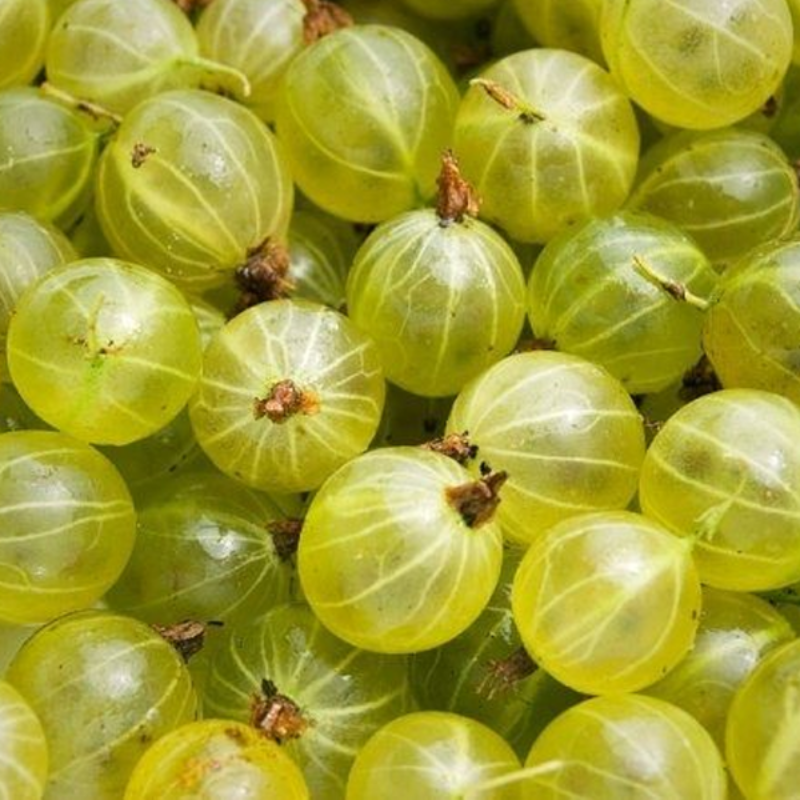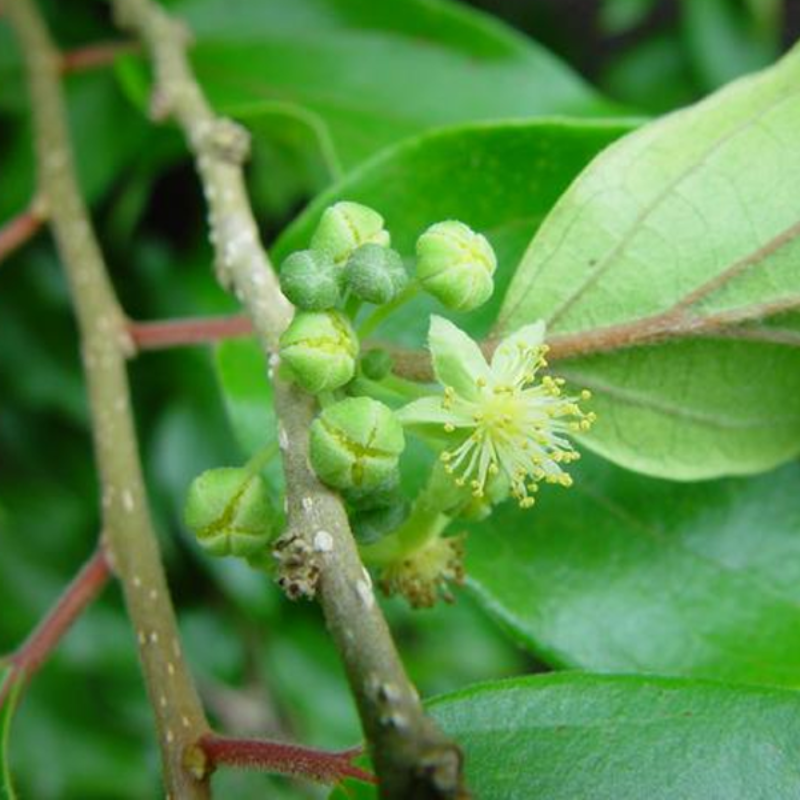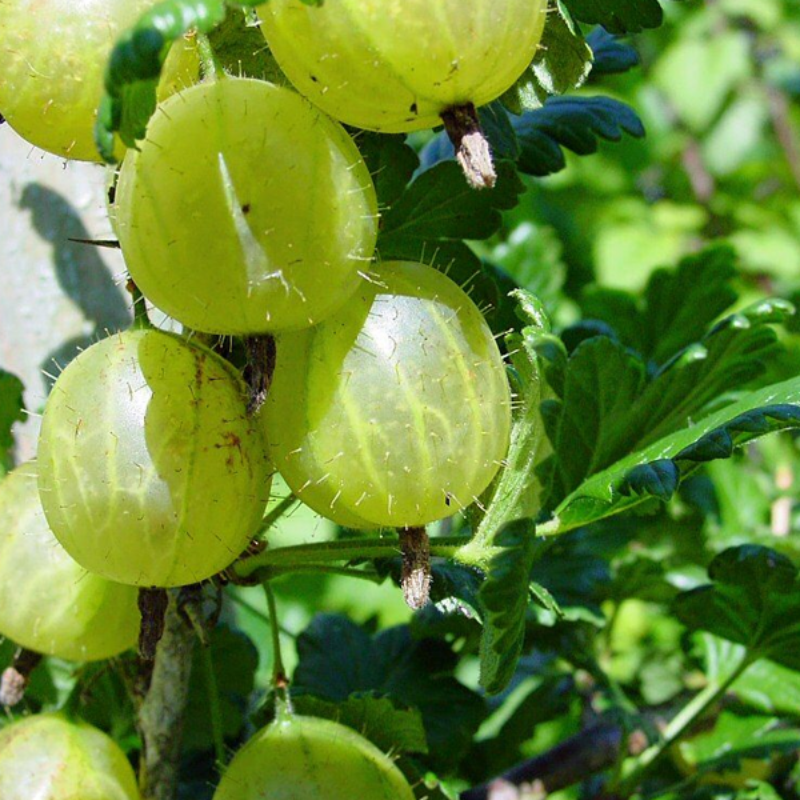- Species and varieties: Ceylon Gooseberry (Dovyalis hebecarpa) is a tropical fruit-bearing shrub or small tree. It belongs to the family Salicaceae. The plant is known for its small, round, and dark purple to black fruits that are rich in vitamin C and antioxidants.
- Hybrid or heirloom: Ceylon Gooseberry is typically considered an heirloom variety, as it is a traditional plant that has been cultivated for many years without significant hybridization.
- Pruning and training: Pruning is essential to maintain the shape and size of the Ceylon Gooseberry plant. Regular pruning helps to remove dead or diseased branches and encourages new growth. Training the plant to grow as a small tree or shrub can help improve air circulation and sunlight penetration.
- Fertilization needs: Ceylon Gooseberry benefits from regular fertilization, especially during the growing season. Use a balanced fertilizer with equal parts nitrogen, phosphorus, and potassium. Organic compost or well-rotted manure can also be applied to enrich the soil and promote healthy growth.
- Hardiness zones: Ceylon Gooseberry is suitable for USDA hardiness zones 10-11. It thrives in tropical and subtropical climates.
- Climate requirements: The plant prefers warm, humid conditions and requires full sun to partial shade. It is not frost-tolerant and should be protected from cold temperatures. Ideal growing conditions include well-drained soil with consistent moisture.








